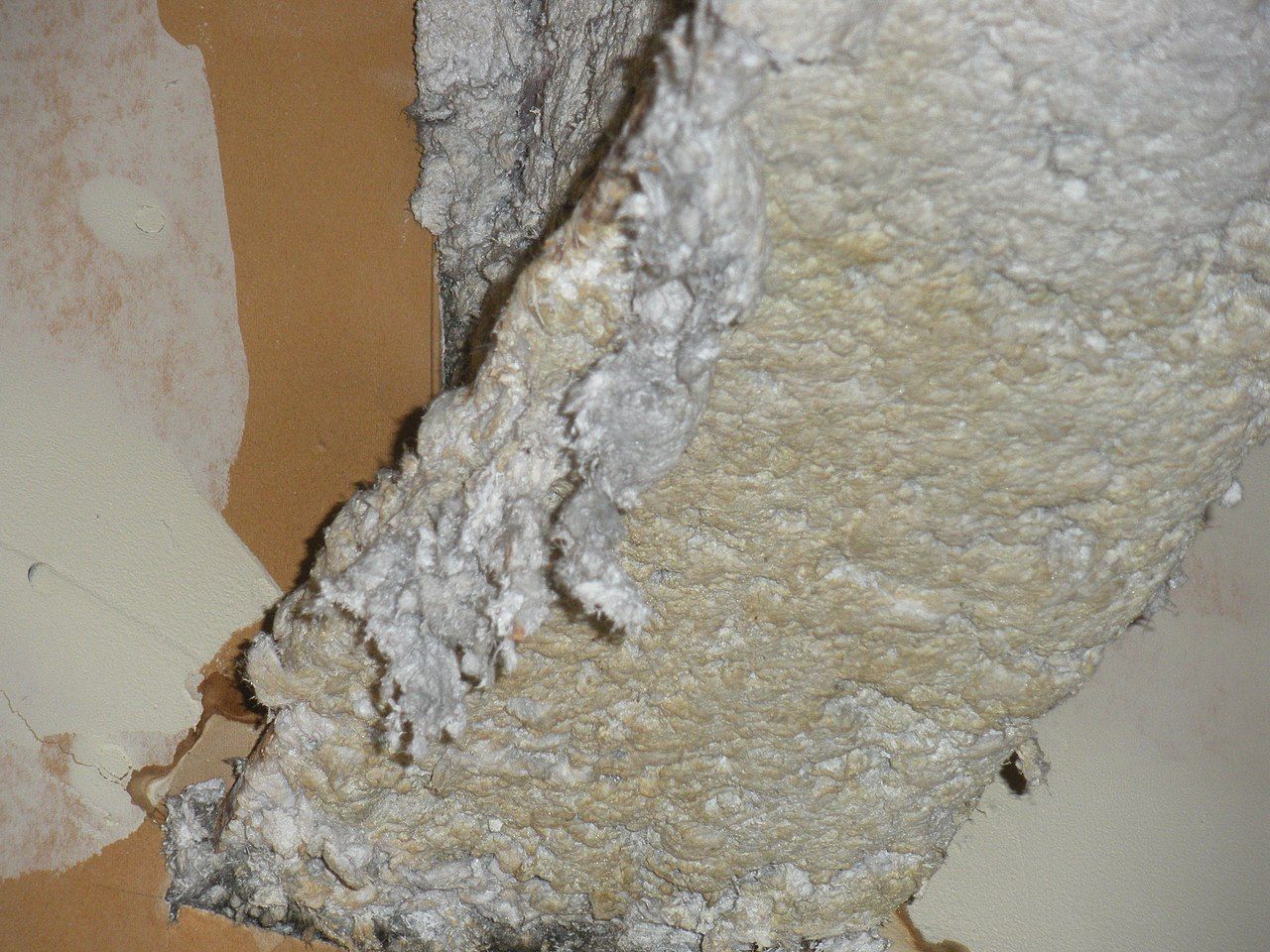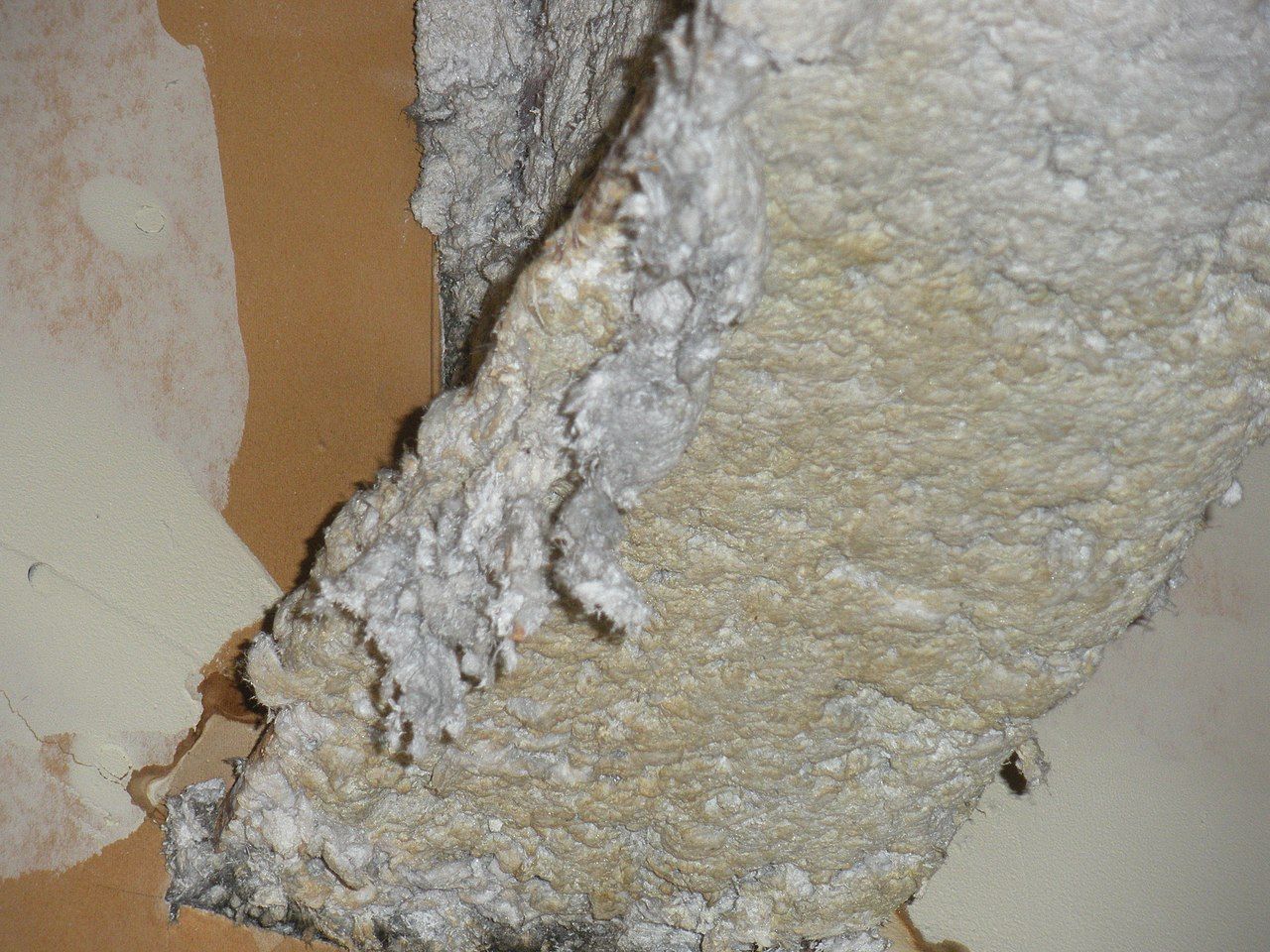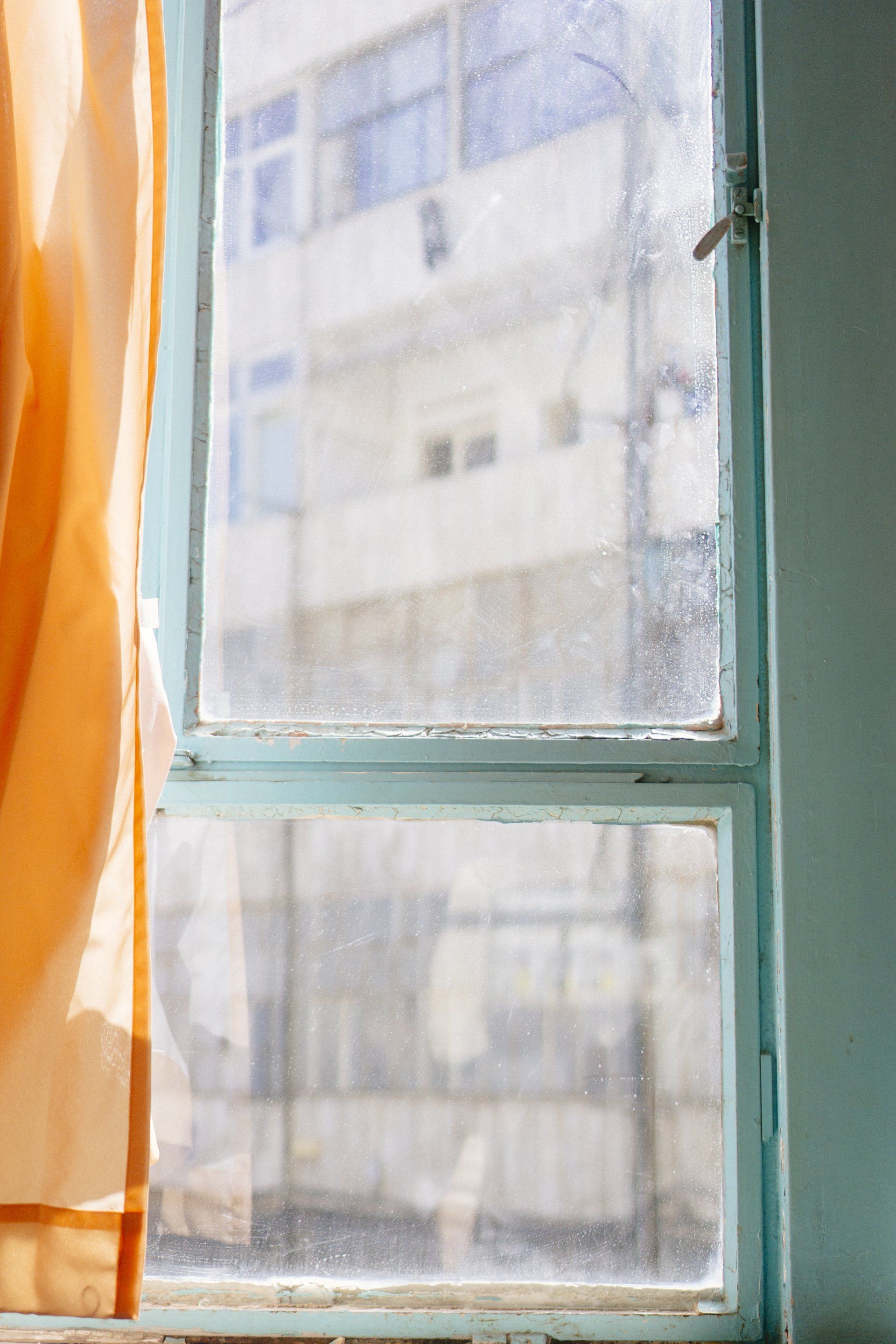Double vs. Triple Glazing: Which is Better for Your Home?
When it comes to upgrading your windows for improved energy efficiency and comfort, the debate between double and triple glazing often arises. Both options offer benefits, but understanding the differences can help you make the right choice for your home.
Let's delve into a comparison to determine which option may be better suited for you:
Option 1: Double Glazing
Double glazing consists of two glass panes separated by a vacuum or inert gas, such as argon, within a sealed unit. Here are some key benefits of double glazing:
- Energy Efficiency: Double glazing provides better insulation compared to single glazing, reducing heat loss and helping to keep your home warmer in winter, by preventing heat transfer out of the home and (potentially) cooler in summer with such technologies as Smart Glass.
- Noise Reduction: The additional layer of glass and the vacuum in double glazing helps to reduce outside noise, creating a quieter and more peaceful indoor environment.
- Cost-Effectiveness: Double glazing is generally more affordable than triple glazing, making it a popular choice for homeowners looking to improve energy efficiency without breaking the bank.
Option 2: Triple Glazing
Triple glazing, as the name suggests, consists of three glass panes separated by two layers of a vacuum or gas. Here are the advantages of triple glazing:
- Enhanced Insulation: With an extra layer of glass and an additional vacuum, triple glazing offers superior thermal insulation compared to double glazing. This can result in further reductions in heat loss and energy consumption, leading to lower heating bills.
- Increased Comfort: Triple glazing helps to maintain more consistent indoor temperatures, reducing cold spots near windows and eliminating draughts and reducing black spot mould growth, thus enhancing overall comfort levels in the home.
- Improved Soundproofing: While double glazing already offers sound reduction benefits, triple glazing provides even greater noise insulation, making it an excellent choice for homes located in noisy areas or near busy roads.

But, Which is Better for Your Home?
The choice between double and triple glazing ultimately depends on various factors, including:
- Climate: In colder climates with harsh winters, triple glazing may provide significant energy savings and comfort benefits. However, in milder climates, double glazing may be sufficient.
- Budget: Triple glazing typically comes with a higher upfront cost compared to double glazing. Consider your budget and weigh the long-term energy savings against the initial investment.
- Property Type: The age and style of your home can also influence your decision. Older properties may benefit more from triple glazing to improve insulation and reduce energy loss.
Summary
In summary, double and triple glazing offer advantages in terms of energy efficiency, comfort, and noise reduction. To determine which option best meets your specific needs you should evaluate: your specific requirements, climate conditions, and budget constraints.
Consulting with a reputable window supplier or energy efficiency expert can provide valuable insights and guidance tailored to your home's requirements. Ultimately, investing in high-quality, energy-efficient windows will not only enhance the comfort and value of your home but also contribute to a more sustainable future and potentially reduce your energy costs.










